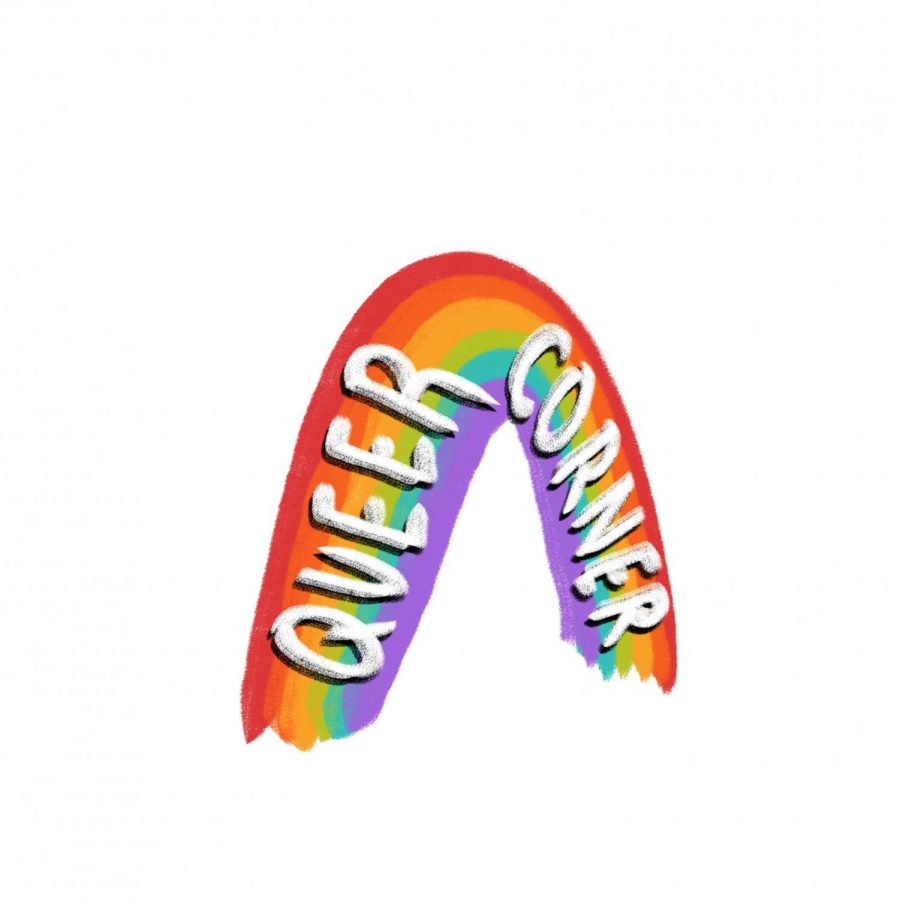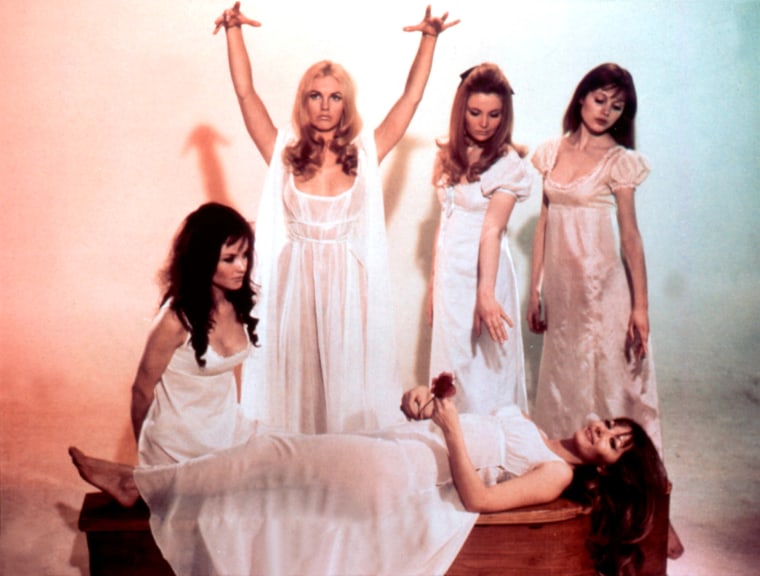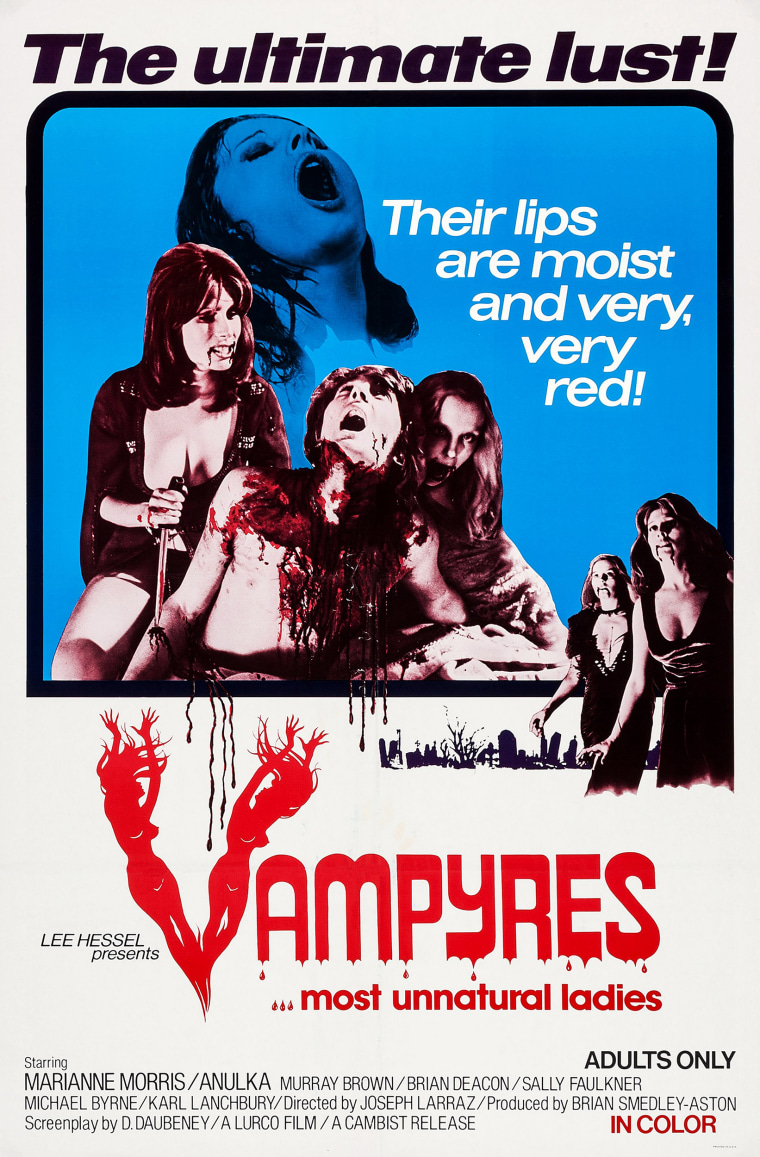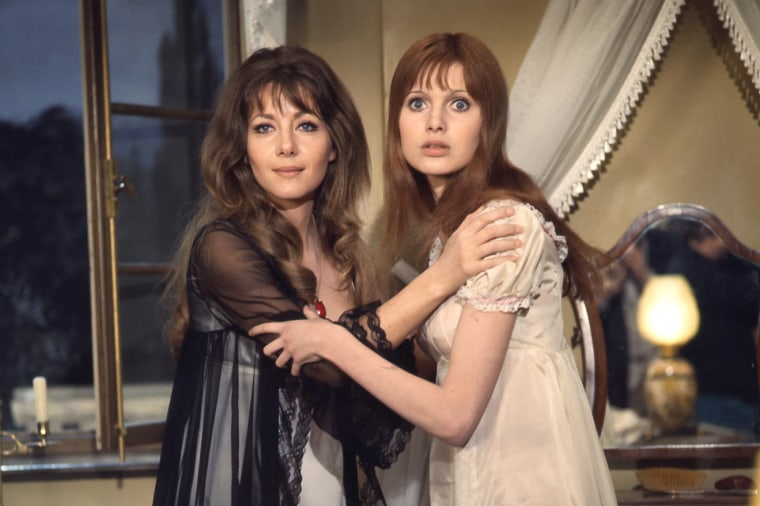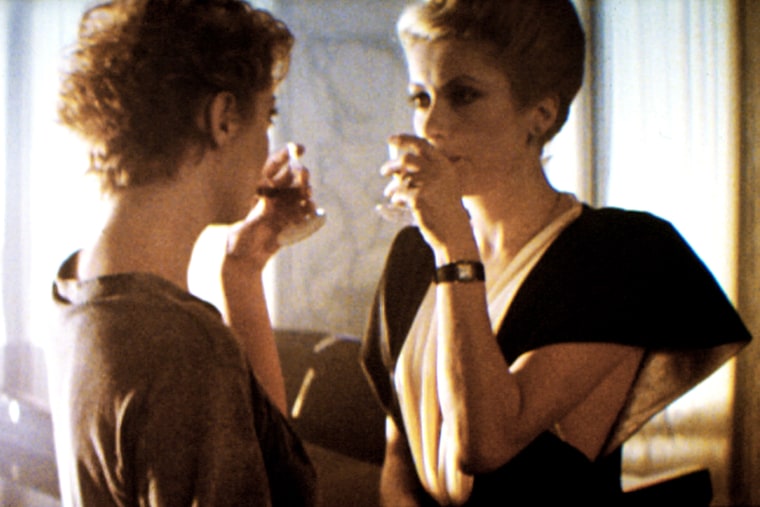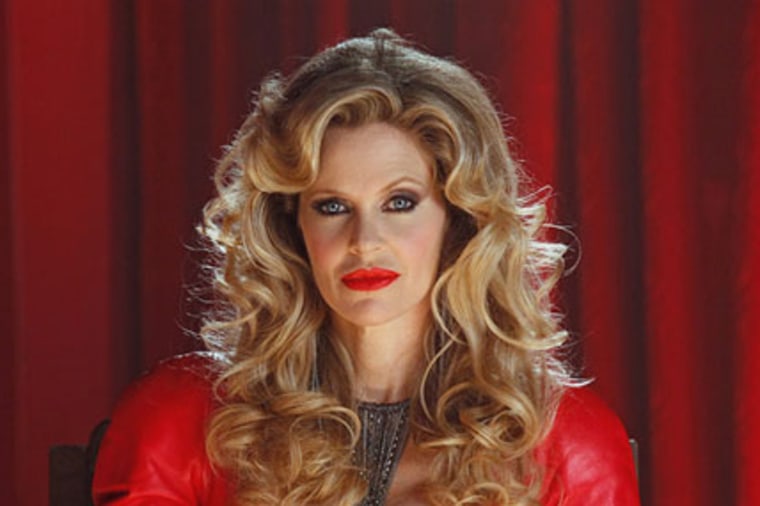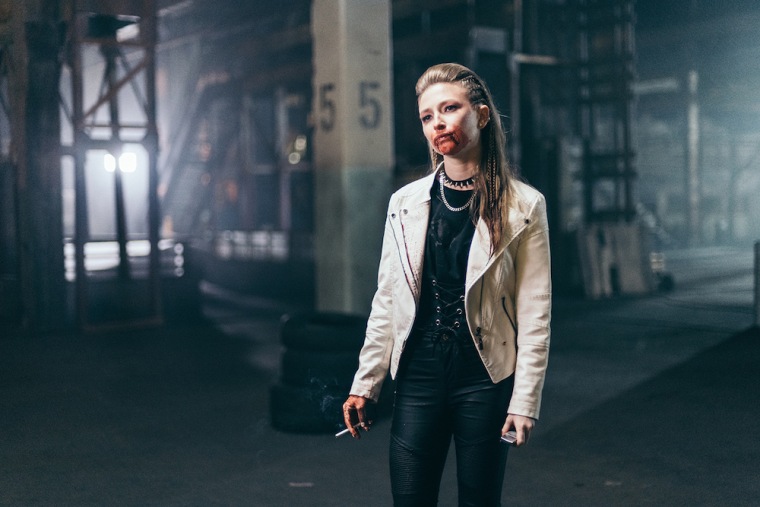The Queer Corner | Surprise! Vampires have always been gay
The Queer Corner is a biweekly blog exploring LGBTQ+ community and culture.
SEPTEMBER 2, 2021
This summer gave us a lot to talk about. It’s a tumultuous time for everyone, and marginalized communities are no exception. From the human rights crisis in Afghanistan to the transphobic health policies being pushed at home and abroad, we’re living through major history. Our 24-hour news cycle is constantly reminding us that we’re doomed, so I don’t want to talk about any of that. I want to talk about vampires.
Pitt actually has a class on vampires called “Vampire: Blood and Empire” that I took in my sophomore year. It was an enlightening experience that confirmed many of my queer beliefs about vampires. Namely, that they’re cut from the same gay cloth as I am.
It’s important to note that the vampire’s historic sexual ambiguity did not come from a place of progress or diversity. Vampires were monsters, and sexuality was, too. The queerness of vampires was just as condemnable as their desire for human blood. Luckily for us, the vampire’s wealth of patchwork lore makes them a very moldable creature. Stephanie Meyer’s sparkling vampires look very different from the silent film star “Nosferatu” who looks very different from the undead depicted in medieval bedtime stories. Vampires’ supernatural abilities vary from story to story — they didn’t always sparkle — and many of their traits correspond directly to the historical circumstance in which they were written.
Vampire stories most likely originated as cautionary tales. The stories told children to be wary of diseased people and to avoid the woods at night, which are generally good ideas. The Middle Ages were full of disease, and one particular disease, porphyria, seemed to turn humans into monsters. Porphyria’s victims had receding gums and sensitivity to sunlight which gave the impression of otherworldly influences, though we know now that it wasn’t caused by anything supernatural.
Vampires were always more of a metaphor than a creature. Their shifting lore tells us more about the culture in which they were created than the supernatural monster. As vampire stories progressed, they began to caution more than just the night. They represented what their authors feared most. Here is where we begin to see the othered undead.
Just like our definition of the vampire, our definition of sexuality changes over time. In the 19th century, any expression of sexuality was taboo. Sex was for reproduction, not pleasure. Any suggestion to the contrary resulted in social stigmatization or worse. This fear of sex led to the sexy vampires we’re familiar with today. They weren’t necessarily queer, they were sexual in nature, which made them a monster to be feared.
Stories often explore sexual ambiguity, and we can find canonically queer vampires as early as the 19th century. The first lesbian vampire appeared in the 1871 novella, “Carmilla.” It problematically depicted lesbian love as predatory, but there’s a thrill in the existence of a Victorian queer narrative. While our modern-day culture has its issues with sexuality, sexual relationships between men and women have become the expected societal norm. It’s no longer something to be feared. In between these shifting lines in sexuality, we find more and more queer vampires. As the queer community grew in the 20th century, vampires as a metaphor for fear took a turn.
Today, vampires aren’t seen entirely as monsters. You can still find vampires in horror, but it’s a much more complicated representation. Vampires have taken on a loveable bad-boy image, popularized by shows like “Buffy the Vampire Slayer” and the rise of the vegetarian vampire. These shows prove that it’s good to be bad, and queer fans definitely appreciate the subversion.
This summer, under the stress of an endless pandemic and the heat of a warming planet, TikTok entered what some lovingly call the “‘Twilight’ Renaissance.” It’s no surprise, really. Historically, vampire stories have risen to meet the fears of the day. Vampires opposed whatever norm was dominant, and they represented the real people who went against the societal grain. Today, we have a lot to be afraid of. Climate change, COVID-19, a general sense that the world is ending. We’re less scared of a dark room with a sexy beast inside. In fact, I know a lot of people who would probably enjoy that. Now, vampires don’t scare us. They comfort us.
While “Twilight” itself isn’t queer, many fans found a queer community through the series. Themes of hiding, longing and being misunderstood resonate with minoritized groups. Books filled with teenage angst like “Twilight” are perfect for queer readers, and the vampire’s ambiguously gay history only strengthens this connection. Stephanie Meyer didn’t write a horror story, but her vampires still taught us about her own fears. From Bella’s pro-life fight to the stressed importance of marriage, “Twilight’s” vampires shed light on Meyer’s values. In “Twilight’s” renaissance, fans criticize these fear-filled traits to focus on the human stories behind the so-called monsters, and they’ve found creatures who look just like us.
Today’s vampires aren’t gay because we’re afraid of them — they’re gay because gay people think vampires are cool. They’re queer because they’ve always been queer. We’re finally able to write our own vampire stories, and they’re unsurprisingly full of love.
Rachel writes about queer culture, the queer community and navigating life beyond the binary. Talk to them at RAB252@pitt.edu.
